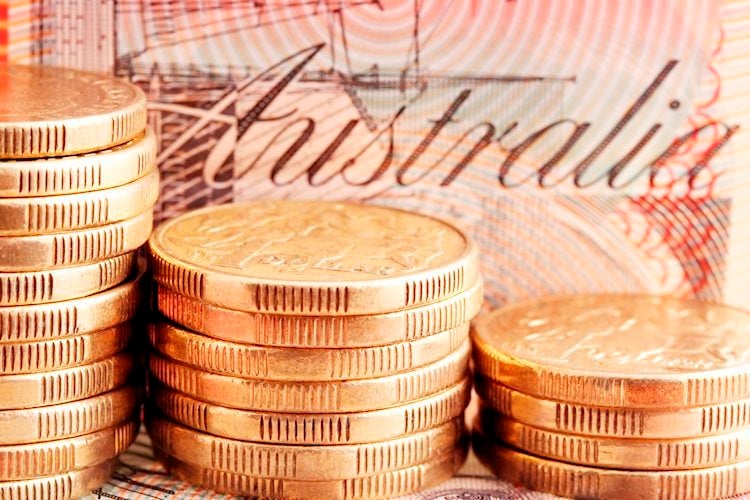Australian Dollar shrugs off soft job numbers

- by Admin
- April 18, 2024

The Australian dollar is steady on Thursday. In the European session, AUD/USD is trading at 0.6442, up 0.12%.
Australia’s employment declines
Australia’s job growth hit the breaks in March and fell by 6,600. This missed the market estimate of a gain of 7,700 and follows a blowout gain of 116,500 in February. Still, the drop was not all that concerning as full time employment increased by 27,900 (part-time roles fell by 34,500). The unemployment rate ticked higher to 3.8%, up from 3.7% in March.
Although the job numbers were not flattering, the labor market remains tight. An unemployment level below 4% is close to capacity and the participation rate of 66.6% is indicative of a healthy labor market. The labour market is, however, expected to cool down as elevated interest rates continue to filter through the economy.
The Reserve Bank of Australia meets next month and will provide quarterly updates of its economic forecasts. The central bank will base its rate decision on the strength of the data and today’s employment report will support the RBA continuing to remain patient before cutting rates. Next week brings CPI for the first quarter, which is expected to fall to 3.4%, down from 4.1% in Q4 2023. If inflation does drop significantly, the RBA will be under increased pressure to lower rates.
In the US, the Federal Reserve is watching inflation move the wrong way, and that has alarm bells ringing. Fed Chair Powell said this week that higher-than-expected inflation readings meant that rate cuts would have to wait until the inflation picture improved.
The robust US economy and high inflation has put under question whether the Fed will be able to lower rates this year. The markets have slashed expectations for rate cuts but a September cut remains a strong possibility, with a 69% probability, according to the CME FedWatch tool.
AUD/USD technical
-
AUD/USD continues to test resistance at 0.6437. Above, there is resistance at 0.6472.
-
0.6413 and 0.6378 are the next support levels.
The Latest News
-
November 22, 2024‘Taking a bullet for your country’: Indian rookie’s defiance as Starc shoots down Perth claim
-
November 22, 2024Blink and you’ll miss it: After 17 wickets already, the Perth Test will only speed up from here
-
November 22, 2024India bowlers sow trouble Down Under: What is Australia’s lowest team score in Tests at home? | Sporting News India
-
November 22, 2024Second Australian dies from tainted alcohol in Laos, sixth death reported
-
November 22, 2024‘Boom Boom’ Bumrah puts Australia’s batters on the canvas




